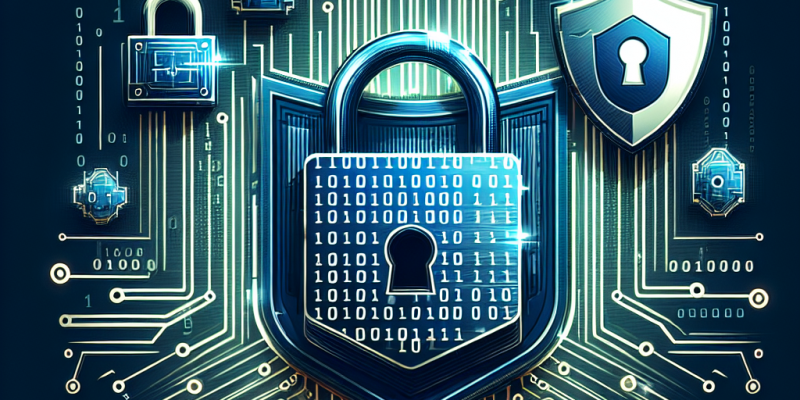Decoding Passwords: Best Practices for Stronger Security

In an era where cyber threats are increasingly sophisticated, password security has never been more critical. Data breaches and identity theft cases are on the rise, prompting the need for stronger authentication methods. This article explores the essential best practices for creating and managing secure passwords, ensuring you remain one step ahead of cybercriminals.
The Importance of Strong Passwords
Strong passwords serve as the first line of defense against unauthorized access to personal and professional accounts. A secure password not only protects sensitive information but also safeguards your online presence against various threats, including phishing attacks, identity theft, and hacking.
Understanding Password Weaknesses
Many users fall into the trap of creating passwords that are easy to remember but also easy to guess. Common pitfalls include:
- Using Personal Information: Birthdates, names, or easily obtainable details.
- Common Passwords: “123456,” “password,” or variations thereof.
- Repetitive Patterns: Using keyboard sequences like “qwerty” or repetitive characters.
Cybercriminals employ various methods, including brute-force attacks and social engineering, to crack weak passwords, underscoring the necessity for strengthening password practices.
Best Practices for Creating Strong Passwords
1. Length and Complexity
Aim for passwords that are at least 12-16 characters long. Incorporate a mix of:
- Upper and lowercase letters
- Numbers
- Special characters (e.g., !, @, #, $)
2. Avoid Dictionary Words
Using complete words or simple phrases makes your passwords more susceptible to dictionary attacks. Instead, consider using passphrases—combinations of unrelated words or a series of nonsensical words that can be easily remembered.
3. Use Unique Passwords for Different Accounts
This practice limits the damage done if one account is compromised. If a password is leaked or cracked, attackers will not have access to your other accounts.
Tools for Password Management
1. Password Managers
Consider using a reputable password manager to store and generate strong passwords securely. These tools can:
- Create complex passwords
- Autofill logins
- Encrypt stored passwords
Popular options include LastPass, Dashlane, and Bitwarden.
2. Two-Factor Authentication (2FA)
Whenever possible, enable 2FA on your accounts. This adds an additional layer of security by requiring a second form of verification, such as a text message code or an authentication app, in addition to your password.
Regular Updates and Monitoring
1. Regularly Update Passwords
Change your passwords every three to six months to enhance security. This practice is particularly crucial for sensitive accounts like banking or email services.
2. Monitor for Breaches
Use tools like Have I Been Pwned to check if your email or passwords have been exposed in a data breach. If you discover a breach, change your passwords immediately.
Educating Yourself and Others
Stay informed about the latest security trends and threats. Conduct workshops or share resources with colleagues and friends to spread awareness about the significance of robust password practices.
Conclusion
As digital threats become more prevalent, adopting strong password practices is non-negotiable for maintaining security. By creating complex, unique passwords, utilizing password managers, and enabling two-factor authentication, you can significantly bolster your defenses against cyber threats. Remember that password security is an ongoing process; staying vigilant and proactive will help safeguard your online identity.














